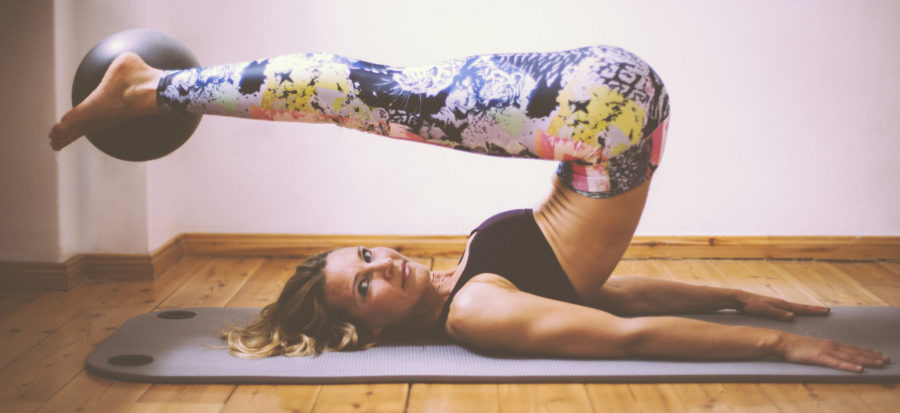Joseph Hubertus Pilates was born in 1883 near Düsseldorf. His childhood was plagued by illness, and this made him determined to get his health problems under control. To do so, he dedicated his years as an adolescent and young man to physical exercise. He did gymnastics, went skiing, and also studied far eastern methods like yoga and Zen meditation. After moving to England, he earned a living as a boxer and an acrobat. While interned as a prisoner during World War One, he trained to be a nurse and, from this, derived practical ideas that formed the basics of his method. The patients learned to carry out movements that developed their strength and flexibility. Using simple means, Pilates designed exercise machines to help with this, which were initially attached to hospital beds with springs. In 1926, he moved to New York. There he studied movement, fine-tuned his machines and developed his method on a ongoing basis.

+ Who was Pilates?
+ What is Pilates?
Pilates is a holistic training method. It s carried out using flowing movements and it trains the body right down to the deep layer of muscle. The main focus is on training the abdomen with the aim of achieving a strong and healthy back and providing stability to the body core. This area of the body is referred to in Pilates as “the powerhouse”. Pilates brings together strength and agility in a unique way. The deep stomach muscles in particular, as well as the small back muscles that keep the spine stable, are trained to work more effectively. This considerably improves the supply of nutrients to and therefore also the health of muscles, nerves, the vertebrae and the spinal discs. Pilates is suitable for people of all ages and is also very effective for men. The training is a combination of stretching, breathing and muscle conditioning, as well as concentration and endurance.
+ Why is Pilates good for and why is it so good for you?
Pilates is the perfect foundation for physical fitness; it improves awareness of the body, improves posture and helps against every type of back pain (e.g. ischemic pain, osteoporosis and scoliosis) and against tension in the shoulders. However, Pilates can also help against incontinence, weakness of the pelvic floor, neurological diseases (e.g. Parkinson’s, MS) and it helps both before and after pregnancy. It improves agility and suppleness in the body and helps reduce stress. Nowadays, many physiotherapists work with Pilates.
+ What is important to me when training using Pilates and in my work?
My teaching style is always dynamic and powerful. For me, Pilates begins in the head, so it appears logical to that the mind also has to be trained. That is why I place a great deal of emphasis on concentration in my lessons, so that clients are given the chance to get the best out of the time spent with me. Stretching is also very important, and strengthening exercises, which give the client the feeling that they have really done something. Another important focus is on my work with the alignment and posture of the body. I like teaching in an individual way, as every body needs a different focus of attention. That’s why I combine Pilates, TRX and functional training with flowing movements from yoga of Qi Jong. I achieve especially good results in every session where I combine RMT with Pilates.

